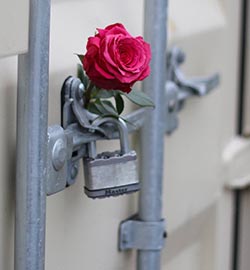Words Can Simply Kill
By guest writer Brittany Costantini
My story does not begin with being shoved into a locker or being physically harmed in any way. I was never bullied to the point of not wanting to go to school because I was scared of what would happen. However, I was bullied in a way that has affected who I am today.
When I was in grade school, I would often get picked on for being short. Now, I know, that is a common thing that happens to a lot of kids. But I got upset about it. I started learning that words can hurt just as much as a punch to the face.
High school is supposed to be the “best years of your life.” I found high school to be a daily struggle of constantly trying to find who my friends are. I had classmates picking on me because I have bad acne. I had friends criticizing me for being religious. I had coworkers stereotyping me as a nerd.
And me? Well, I bought into all the lies that everyone else was telling me. I would never be good enough, I would never be pretty enough, and I did not have the skills necessary to be successful.
People’s words had diminished my confidence. I was one of those people who was just going through the motions in order to get through the day.
Since graduating high school in 2014, though, I have learned a lot about myself, and I have grown from my experiences with bullying. I have learned to be the bigger person and not believe everything that others say. I have tried my best to watch what I say about other people because I never want anyone to feel less worthy because of something I say.
Any form of bullying, big or small, needs to be stood up against. Kindness is so precious and powerful that I strive to spread it each day. No child should be put down through words or actions.
Words can kill. Kill confidence. Kill motivation. And sometimes, in the worse cases, simply kill. That is something I will never forget.
Color Me Orange—Color Me Kind
Coloring with Kindness
Gerald R. Ford Presidential Museum
September 21 to October 9, 2016
Vote 62626
(Located outside on the museum plaza)
Tell Us Your Story. #ColorMeKind


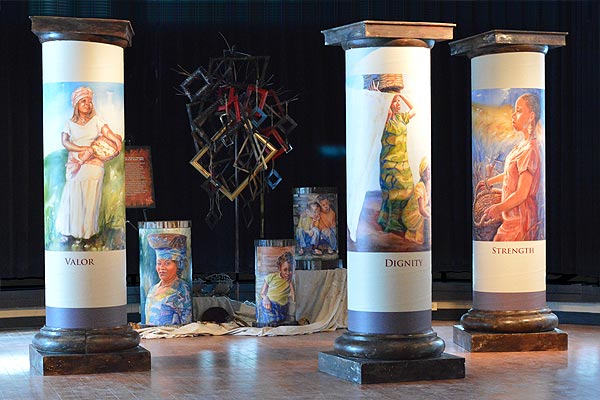
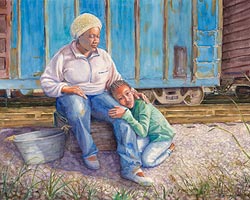 From ArtPrize 2014 to several solo shows including the last exhibit at Michigan State University, Courage Ablaze acted as a catalyst to open hearts. Though the work told the stories of Congolese women half a world away, several American visitors confided their own rape stories. Courage Ablaze facilitated small steps towards healing as individuals shared their pain. I’m grateful for the opportunities to touch so many visitors with the untold story of DRC Congo.
From ArtPrize 2014 to several solo shows including the last exhibit at Michigan State University, Courage Ablaze acted as a catalyst to open hearts. Though the work told the stories of Congolese women half a world away, several American visitors confided their own rape stories. Courage Ablaze facilitated small steps towards healing as individuals shared their pain. I’m grateful for the opportunities to touch so many visitors with the untold story of DRC Congo. I would like to acknowledge the Congolese leaders who kindly supported Courage Ablaze throughout the last few years. Kizombo Kalumbula, a naturalized Congolese pastor and director of
I would like to acknowledge the Congolese leaders who kindly supported Courage Ablaze throughout the last few years. Kizombo Kalumbula, a naturalized Congolese pastor and director of 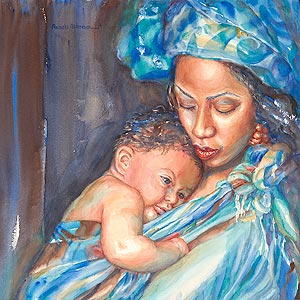 In June, Courage Ablaze joined the permanent collection at Bethany Refugee and Immigration Services where the art will continue to tell the story of the women and children of DRC Congo. Bethany has the resources to reach beyond my influence, as a culture care artist, for the Congolese people.
In June, Courage Ablaze joined the permanent collection at Bethany Refugee and Immigration Services where the art will continue to tell the story of the women and children of DRC Congo. Bethany has the resources to reach beyond my influence, as a culture care artist, for the Congolese people.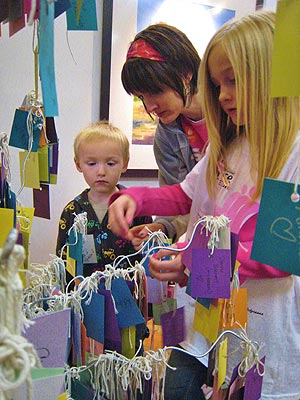
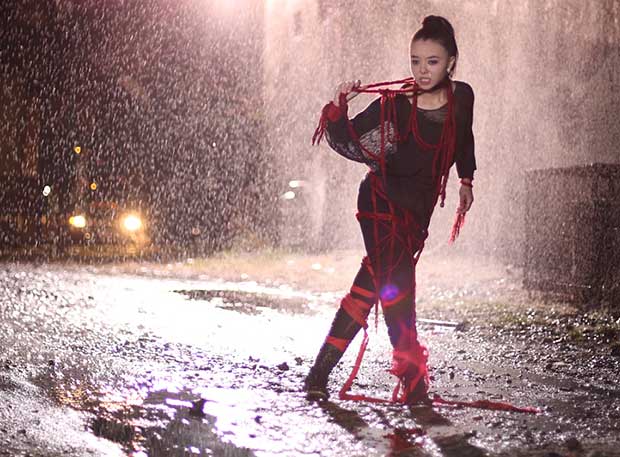
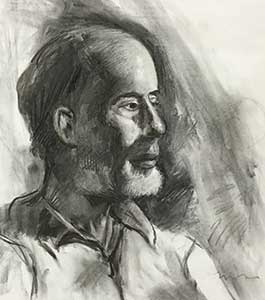 The
The 
